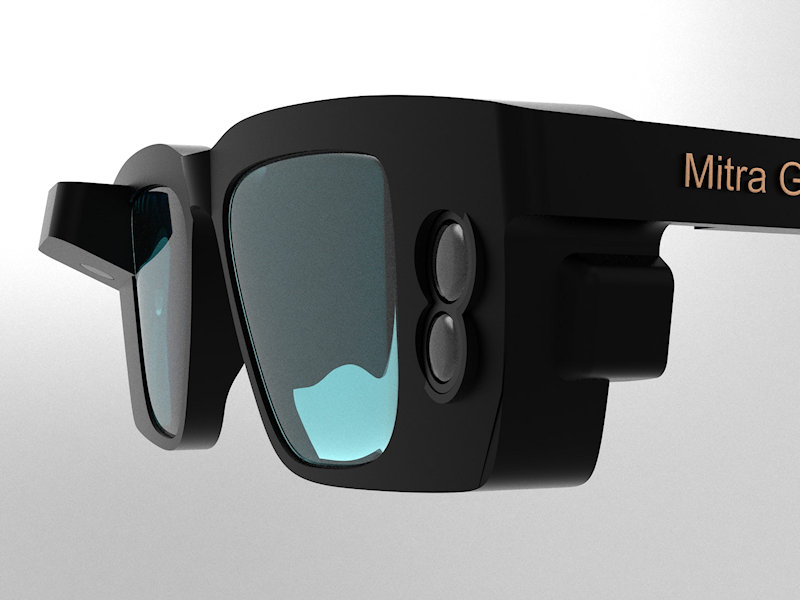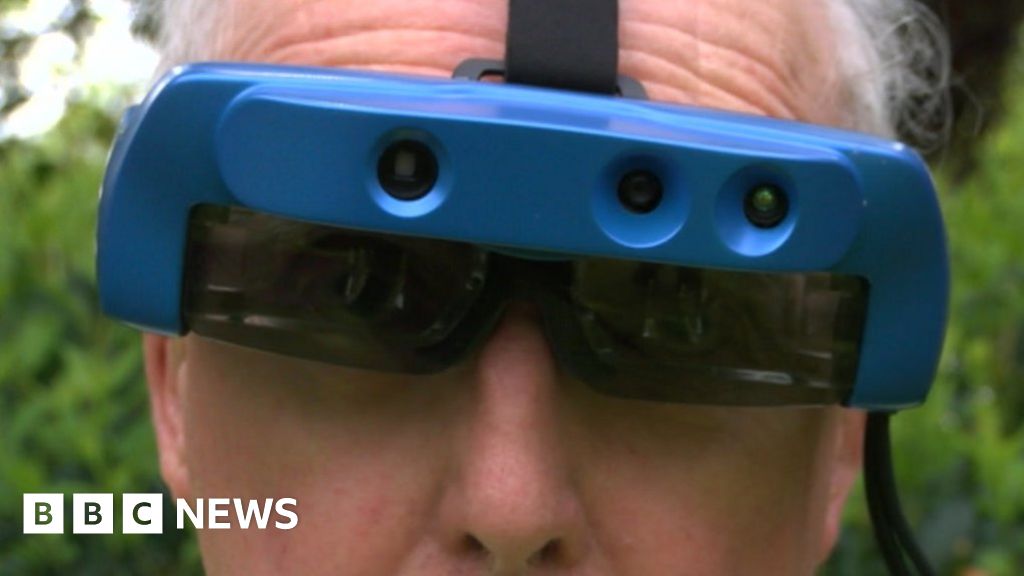Voice-Activated Assistive Devices: Empowering the Visually Impaired Through Innovation
Voice-Activated Assistive Devices: Empowering the Visually Impaired Through Innovation
Blog Article
Empowering Independence With Assistive Modern Technology for the Blind
The combination of assistive technology for individuals who are blind or aesthetically impaired stands for a considerable innovation in promoting freedom and boosting lifestyle. With a series of tools-- from screen visitors to ingenious responsive devices-- these modern technologies not only help with navigating and communication yet likewise promote social inclusion and participation in various facets of life. As we check out the diverse kinds of assistive gadgets and their real-world applications, it becomes clear that the influence is profound. The advancement of this innovation raises crucial concerns regarding availability and future developments that necessitate additional examination.
Recognizing Assistive Modern Technology
Although assistive modern technology has evolved considerably throughout the years, its basic function continues to be the same: to enhance the lifestyle for individuals with impairments, especially those who are visually damaged or blind. This technology incorporates a wide series of devices and tools that assist in freedom and capability in everyday activities.
Assistive modern technology can be classified right into low-tech and state-of-the-art options, each made to satisfy specific needs. Modern gadgets usually consist of software application applications, specialized hardware, and flexible gadgets that utilize sophisticated innovation to give support in different contexts. On the other hand, low-tech services might include day-to-day things that are customized to improve access, such as magnifiers or tactile markers.
The integration of assistive technology right into the lives of individuals who are blind or visually impaired not only promotes freedom yet also cultivates social addition and participation in academic and specialist settings. By leveraging these innovations, users can browse their surroundings, gain access to details, and connect effectively, thus improving their total lifestyle. Understanding assistive innovation is essential for supporters, specialists, and caretakers who aim to sustain people in optimizing their prospective and accomplishing higher independence.
Kinds Of Assistive Devices
Assistive tools for the blind and visually impaired are vital tools that boost daily living by resolving details difficulties experienced by individuals. These tools can be broadly classified right into three primary types: optical gadgets, digital devices, and sensory gadgets.

Sensory tools, such as Braille screens and tactile maps, give alternative methods to receive info. Braille presents convert digital message right into Braille, making it possible for users to review with touch. Responsive maps provide spatial understanding with increased lines and textures, enabling better environmental recognition.
Together, these assistive gadgets encourage people with aesthetic disabilities to involve more fully with their surroundings, promoting higher freedom and confidence in daily activities.

Influence On Day-to-day Live
The assimilation of assistive modern technology into the lives of people who are blind or aesthetically damaged considerably boosts their ability to navigate and engage with the world around them. Tools such as display readers, Braille shows, and mobile applications help with access to info, permitting individuals to involve with electronic web content, connect efficiently, and take care of daily tasks separately.
Moreover, innovations like clever glasses and navigation apps offer real-time help in strange environments, improving movement and confidence. These tools allow individuals to determine challenges, checked out indicators, and even recognize faces, thus fostering a check here sense of freedom in public areas. Furthermore, home automation systems, which can be managed through voice commands, allow people to manage their living environments better, boosting convenience and safety and security.
The effect of assistive innovation prolongs beyond sensible jobs; it advertises social addition and emotional health. By connecting the gap between individuals and their surroundings, these technologies equip individuals to participate totally in neighborhood tasks, pursue instructional chances, and take part in purposeful relationships. Ultimately, the advancement of assistive modern technology contributes in redefining the possibilities for individuals that are aesthetically impaired or blind, leading to a much more easily accessible and inclusive society.
Success Stories and Endorsements

An additional effective testimonial originates from Mark, a recent college graduate that used screen analysis software throughout his academic journey. This technology enabled him to gain access to program products and join conversations, inevitably leading to his successful transition into the labor force. Mark credit ratings assistive innovation for equipping him to accomplish his profession goals, highlighting its function in leveling the playing area for people with visual disabilities.
Furthermore, area centers have reported increased participation in their programs thanks to the intro of available digital platforms. These platforms have actually made it less complicated for individuals to link, share resources, full eye examination and support one another. These success stories collectively underscore the extensive result of assistive modern technology in promoting freedom, improving lifestyle, and breaking down barriers for the blind and aesthetically damaged community.
Future Trends in Assistive Tech
Arising innovations are poised to revolutionize the landscape of assistive technology for people that are visually damaged or blind. Advancements in expert system (AI) and artificial intelligence are boosting the capabilities of gadgets, allowing more intuitive customer experiences. For example, AI-driven applications are progressively able to check out and recognize items text aloud in real-time, offering users with beneficial info about their surroundings.
Furthermore, innovations in wearable technology are developing new chances for freedom. Smart glasses equipped with augmented truth attributes can overlay essential info onto the individual's field of view, helping with navigation and interaction with the setting. The integration of Internet of Things (IoT) devices is streamlining ease of access in wise homes, enabling individuals to manage devices and get notices with voice commands or tactile interfaces.
The growth of braille displays and tactile responses systems is additionally growing, advertising access to electronic web content and boosting interaction. As these modern technologies proceed to advance, they assure to improve everyday living, educational opportunities, and employment prospects for people with aesthetic impairments. Constant cooperation between technologists, individuals, and advocacy teams will certainly be necessary in making certain these advancements satisfy the requirements of the area successfully.
Conclusion
To conclude, assistive modern technology plays an essential function in improving the independence of people who are aesthetically impaired or blind. By giving necessary tools and sources, these innovations help with boosted navigating, communication, and gain access to to details, thereby cultivating autonomy and self-confidence. The transformative effect of assistive devices not just promotes reliable interaction with the setting however additionally encourages social addition and participation in different elements of life, inevitably empowering individuals to flourish within their communities.
The integration of assistive modern technology for individuals who are blind or visually impaired represents a substantial improvement in cultivating independence and improving high quality of life.The assimilation of assistive modern technology into the lives of individuals who are blind or aesthetically harmed not just advertises freedom yet additionally cultivates social addition and engagement in instructional and expert settings. Inevitably, the improvement of assistive modern technology is instrumental in redefining the opportunities for individuals that are aesthetically damaged or blind, leading to a more inclusive and available culture.
Lots of individuals who are blind or visually impaired have actually shared motivating success tales that highlight the transformative effect of assistive innovation on their lives.In conclusion, assistive technology plays a critical function in improving the self-reliance of people that are blind or aesthetically impaired.
Report this page